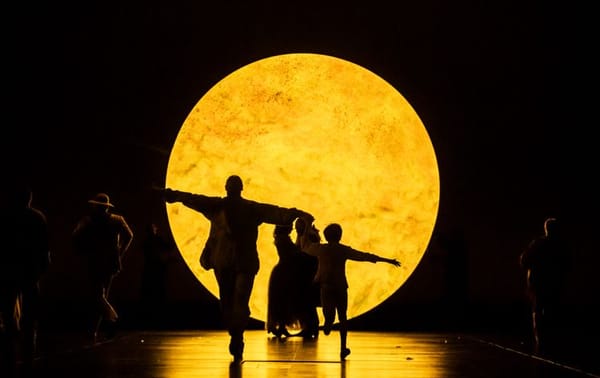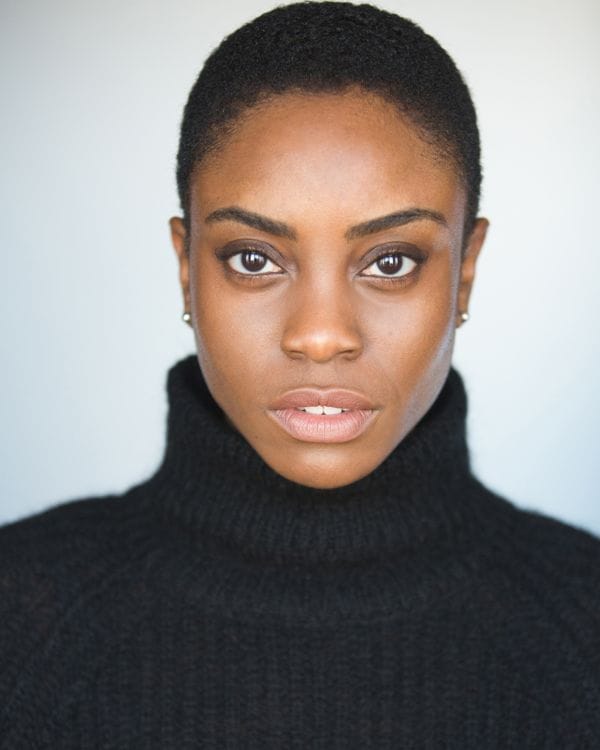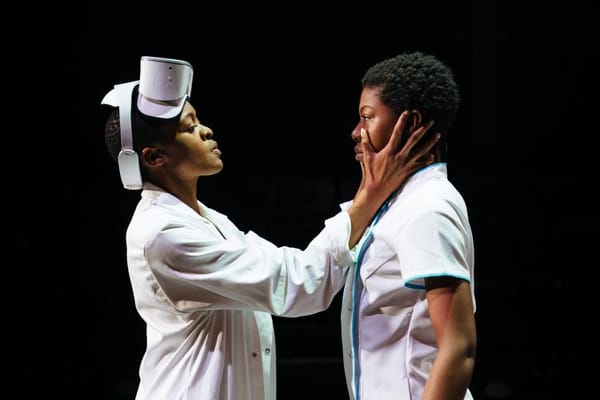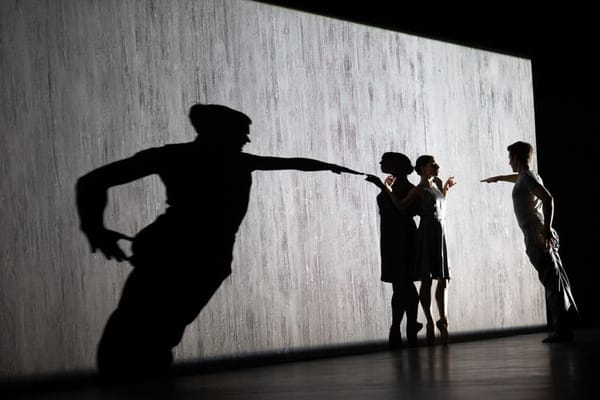The Taming of the Shrew: It’s Shakespeare… but Woke
A witty, tongue-in-cheek adaptation of Shakespeare’s classic reimagines 16th century Padua as a matriarchy, challenging sexist assumptions

4 stars
The Royal Shakespeare Company return to the Barbican this winter with As You Like It, Measure for Measure and The Taming of the Shrew. Justin Audibert’s electrifying production of Shrew is a gender-flipped version of the original, where, instead of a rich gentleman looking for suitors for his daughters, a rich gentlewoman, Baptista, struggles to marry off her sons. She insists that her sharp-tongued, elder son, Katherine be married before the angelic, younger son, Bianco. This restriction is much to the dismay of Bianco’s numerous suitors, who instead hatch their own cunning plans to court him in secret.
Every detail of this production is impeccably designed. The male characters are given long flowing locks that they flip over their shoulders with flirtatious ease as they dance gracefully on stage. The women’s gowns are voluminous and richly decorated in comparison to the men’s, emphasising that they hold the power. Movement is also key in demonstrating this. The female actors make bold eye contact, initiate conversation and take the men’s hands and kiss them in greeting, asserting dominance.
James Cooney brilliantly portrays the much sought-after Bianco with coy elegance. Katherine is brought to life by Joseph Arkley in a performance that somewhat lacks the feistiness expected of a shrew in need of taming. But these are just supporting roles - the stage is dominated by women. Laura Elsworthy as Trania, and Emily Johnstone as Lucentia have a perfect smart-dumb chemistry which will have you laughing from the opening scenes. Gremia is portrayed by Sophie Stanton hilariously. She glides around stage on a hoverboard and is incapable of saying the object of her desire’s name, ‘Bianco’, without giving her sword a handjob.
My one criticism is that the relationship between Katherine and Petruchio, the gentlewoman in pursuit of wealth who dares to tame the shrew, is unexpectedly underwhelming. Despite this being the main storyline of the play, the courtship of his brother by the lustful Lucentia is much more engaging. Petruchio’s bold manner and chaotic head of red, curly hair are suggestive of Elizabeth I, the second female monarch and famously thought of as ‘unfeminine’. Her character is often dressed in men’s clothes, a detail I found rather perplexing in a gender-flipped play.
Although the switch of gender roles has faced criticism, I thought it was expertly executed, maintaining a healthy balance between questioning gender roles and comedic effect. Seeing a mother search for the highest bidder for her son’s hand is more shocking than watching the traditional patriarchal version. Notably, the matriarchal dynamic highlights the key theme of the play: power, which is often forgotten amidst the humour.
Although the play maintains much of the original prose, the staging and acting has been adapted amusingly for a modern audience, proving to be a treat for the eyes. , It did leave me somewhat puzzled but I laughed my arse off. Don’t be put off by the fact that it’s unconventional or that it’s Shakespeare, and get yourself over to the Barbican to check out this fabulous comedy.








